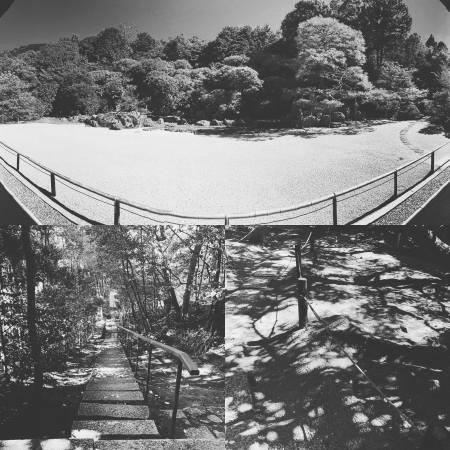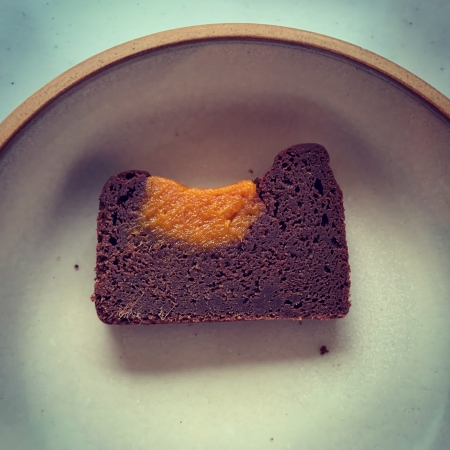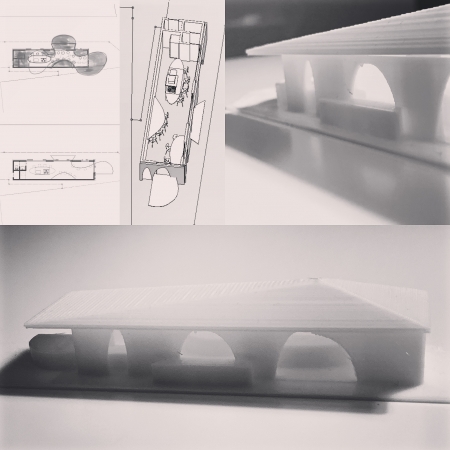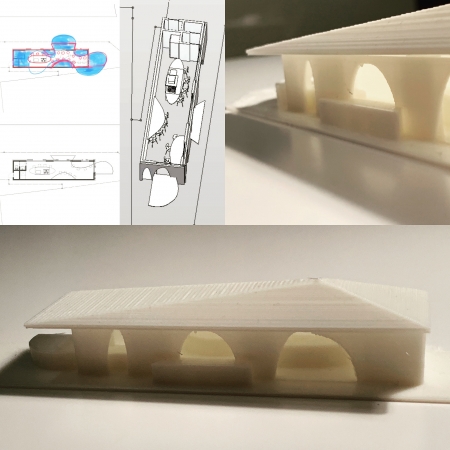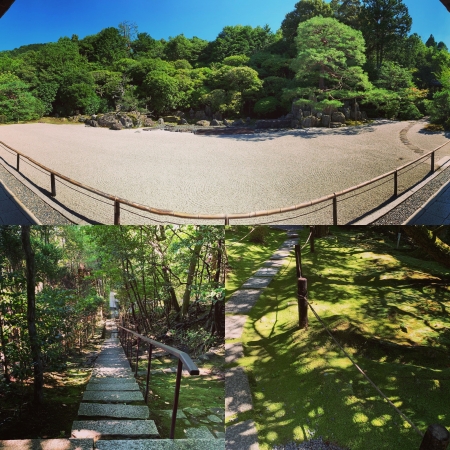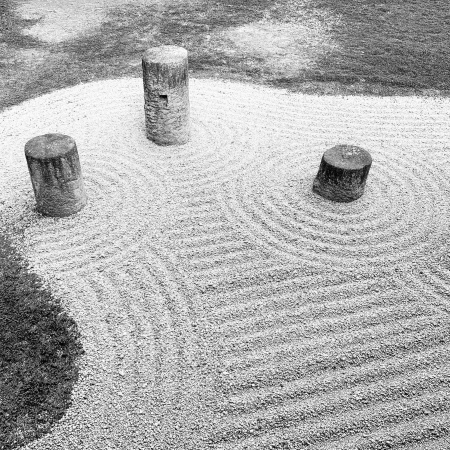捩れ捩れ
捩れ捩れと呟きながら眺めていると案外何でも普通に見えてくる。
捩れが意識を喚起することがあるかもしれないと思った。捩れていない状態ならば、それは普通なことで、日常的なことなので誰も気にも止めないが、捩れている状態のものがあれば、それは普通なことでは無く、日常的なことでもないので、違和感と共に記憶に残ったり、意識したりすることになるだろう。だから、何かを意識させたい時は意図して捩れた状態をつくると良い。
だがしかし、それは普通のやり方では無いので、単に捩れているだけでは、その捩れに慣れてしまえば普通になり違和感は無くなり意識しなくなる。
"Twist and twist"
When you look at it while muttering and twisting, anything unexpectedly looks normal.
I thought the twist might be arousing consciousness. If it's not twisted, it's normal and everyday, so no one cares, but if it's twisted, it's neither normal nor everyday. Therefore, it will be memorable and conscious with a sense of discomfort. Therefore, when you want to be aware of something, you should intentionally create a twisted state.
However, it is not a normal method, so if you just twist it, it will become normal once you get used to the twist, and you will not feel any discomfort and you will not be conscious of it.

